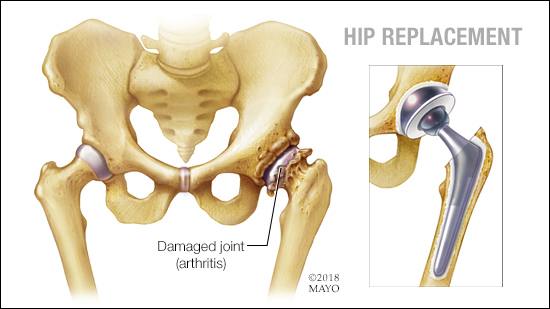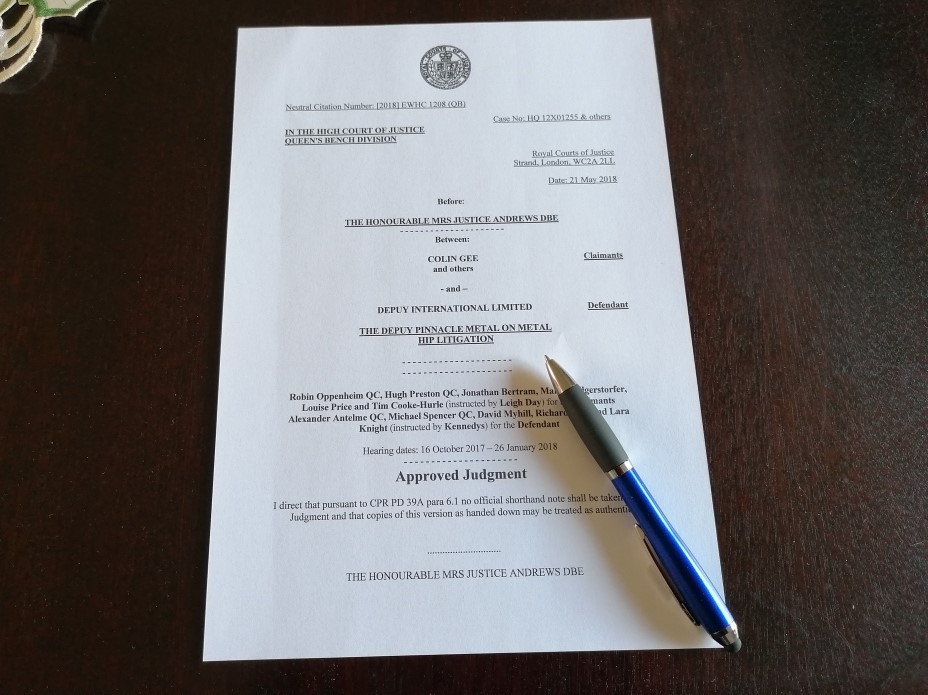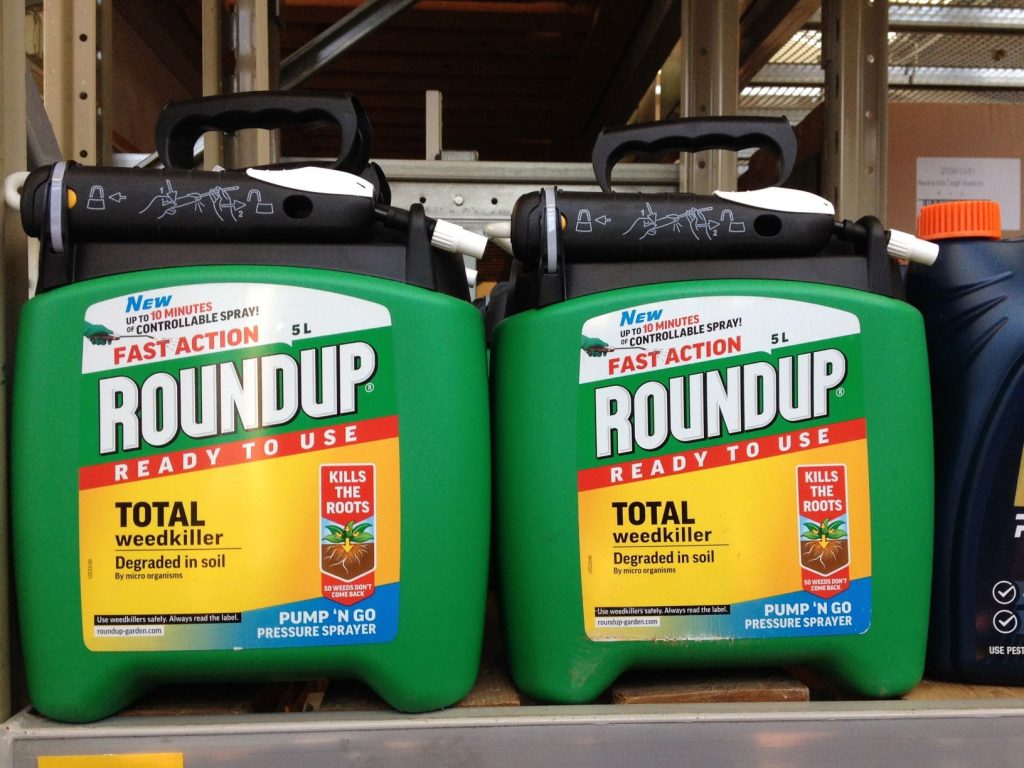
The Patient’s Complaint
Case studies, including this one, help us understand how the Courts have interpreted and applied law, to resolve real world disputes – creating precedents that may be followed in the future.
Depuy developed the Pinnacle metal on metal (MoM) hip, for younger and more active patients needing a ‘robust and durable’ hip replacement, as the result of traumatic injury or osteoarthritis.
Although most of the patients who received the Pinnacle MoM hip were pleased with them, a significant minority – including Ian Haley – developed an Adverse Reaction the Metal Debris (ARMD), as their immune system reacted to metallic wear particles from the hip’s bearing surfaces.
In 2018 a group of 312 patients, including Ian Haley, sued Depuy in the English High Court for compensation, claiming that they were harmed because the Pinnacle MoM hip was ‘legally defective’. So, what can learn from how they presented their case?
(more…)




 in a dispute that can not be settled quickly by negotiation, you may be forced to contemplate ‘Legal Action’ – perhaps to obtain compensation or enforce an agreement or contract with your supplier or client. Although you may be convinced that you have a ‘strong case’ based on the ‘known facts’, rushing into Legal Action should be avoided – because the process may prove very time consuming and expensive while causing irreparable damage to your business and personal relationships.
in a dispute that can not be settled quickly by negotiation, you may be forced to contemplate ‘Legal Action’ – perhaps to obtain compensation or enforce an agreement or contract with your supplier or client. Although you may be convinced that you have a ‘strong case’ based on the ‘known facts’, rushing into Legal Action should be avoided – because the process may prove very time consuming and expensive while causing irreparable damage to your business and personal relationships.